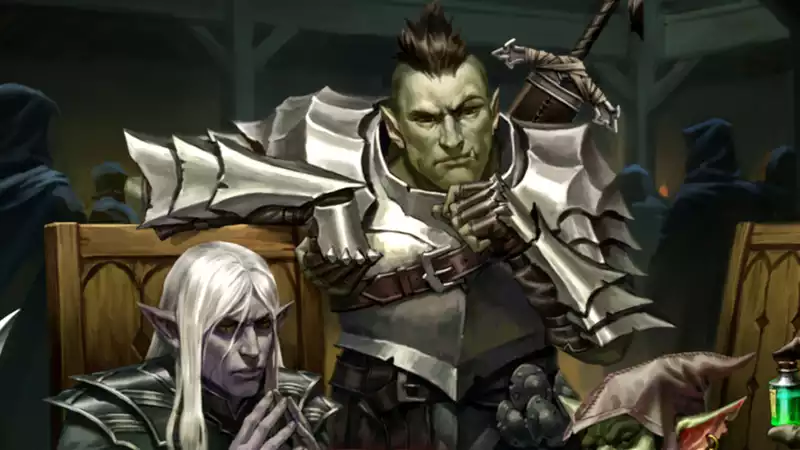While the OGL debacle of Dungeons & Dragons did not convert the game's captive audience to hundreds of other (very good) TTRPGs, it still caused a resurgence of people checking out other games.
Several creators (like the developers of "MCDM RPG") also began to strike out on their own, both to take advantage of newly curious players and to avoid the scenario where a game with an uncertain future was essential to their lives.
MCDM, a company founded by Matthew Colville of YouTube D&D video fame, has produced several popular supplements for D&D 5th edition (5e), such as Strongholds & Followers, the game's understaffed base building mechanism The first of these supplements, Strongholds & Followers, fleshed out the game's understaffed base-building mechanism.
The MCDM RPG itself was announced by Colville in February: "Our goal is to create something tactical and cinematic: ...... heroic fantasy, fighting mostly monsters.
The game directly wants to remove all the fuss from dungeon crawling; 5e streamlined all this considerably, but there are still many vestiges: long equipment tables, a half-baked environment and rationing rule set, and a zero to hero philosophy.
None of this is inherently bad, but for players seeking a more heroic experience, these old crunches are largely ignored (there's a reason many games start at level 3), as described on the BackerKit page, This game is "not burdened by the sacred cows of the 1970s."
It works. As of this writing, BackerKit appears to be on track to reach, or at least close to, $4 million in funding; Colville's promise to break out of the old version of D&D is also very promising and a bit amusing; and the game is doing well. And people hated it.
For the uninitiated, 4e may look quite different from what you're used to. That's because they tried to do away with the old spell slots for certain abilities that characters could use. Traditionally, wizards have a large spell list, whereas fighters are limited to "roll and attack" only. Instead, 4e had power, a special ability that could fit on a trading card, and everyone had access to it. [Because it felt like players' cherished D&D had been turned into an MMO and transformed from the pen-and-paper game they loved into something decidedly game-like, 4e became a kind of derision, and many of its ideas were discarded in the 5th edition. Despite this, many new indie RPGs have referenced 4e.
An example of MCDM putting this into practice, for example, is the Tactician class can use "Come On Then." Aside from being a taunt I used to hear from angry young men when I was growing up in southern England, "Come On Then" forces the enemy to move a few squares and can hit them if they finish their turn within your reach. There is also a complex test similar to 4e's skill challenge, a system that almost every 5th edition DM I know of has secretly added to their home games.
Granted, many things are different in the MCDM RPG. For example, it does not make hit rolls, only damage rolls. This addresses the sluggish combat of 4e, which can drag on indefinitely. There is no room for error." No more wasting turns or spending resources on spells only to have the target "save."
This is very reminiscent of another indie system I've played and enjoyed, "ICON RPG" by Massif Press (the same developers who created the mech game "Lancer"), which has a similar 4e vibe: ICON deals all characters " fray" damage, which applies whether it hits or misses.
I'm glad more designers are avoiding 5e's all-purpose pitfalls and borrowing from Wizard of the Coast's Black Sheep. 4e's only major sin was that it was a sequel to Dungeons & Dragons.
.

Comments